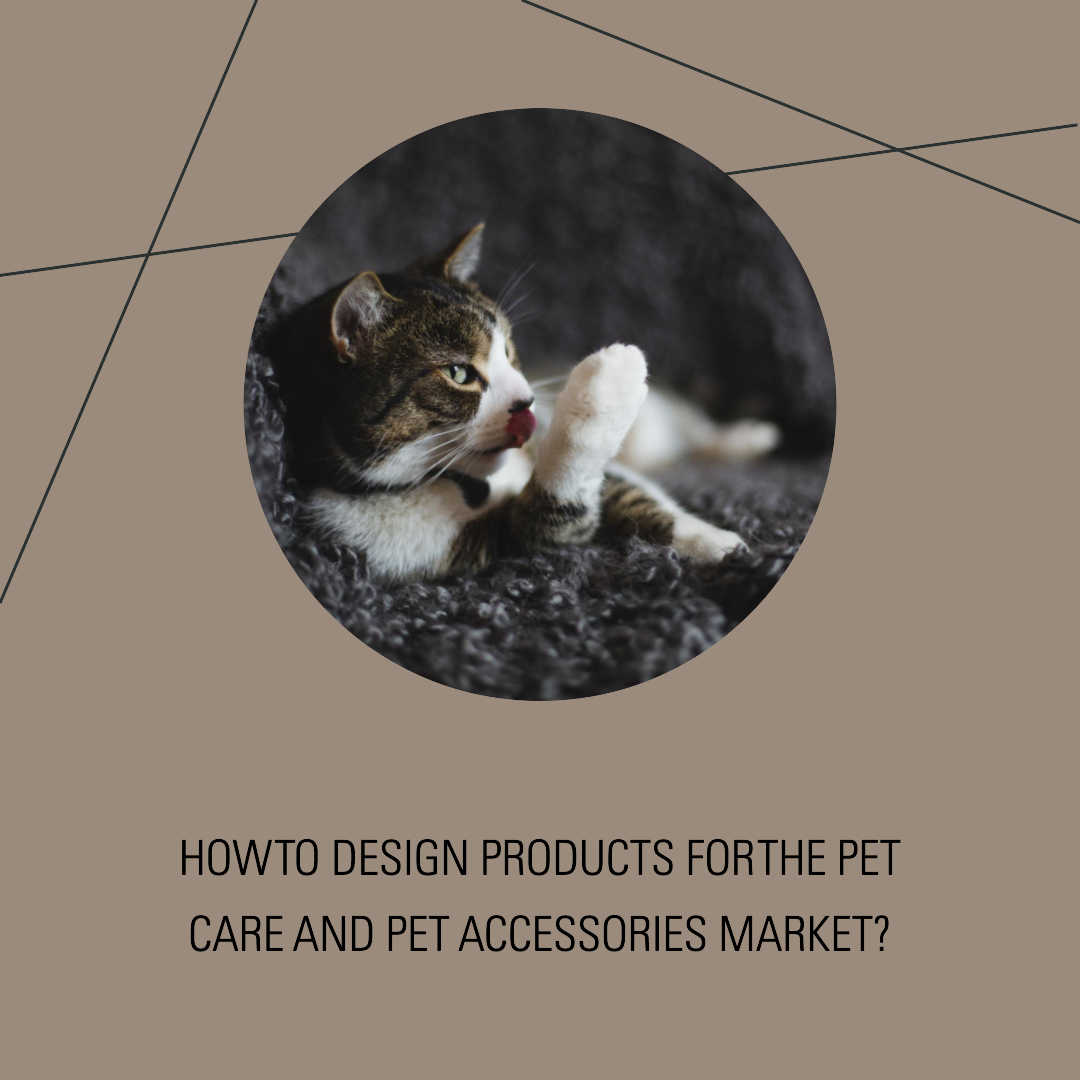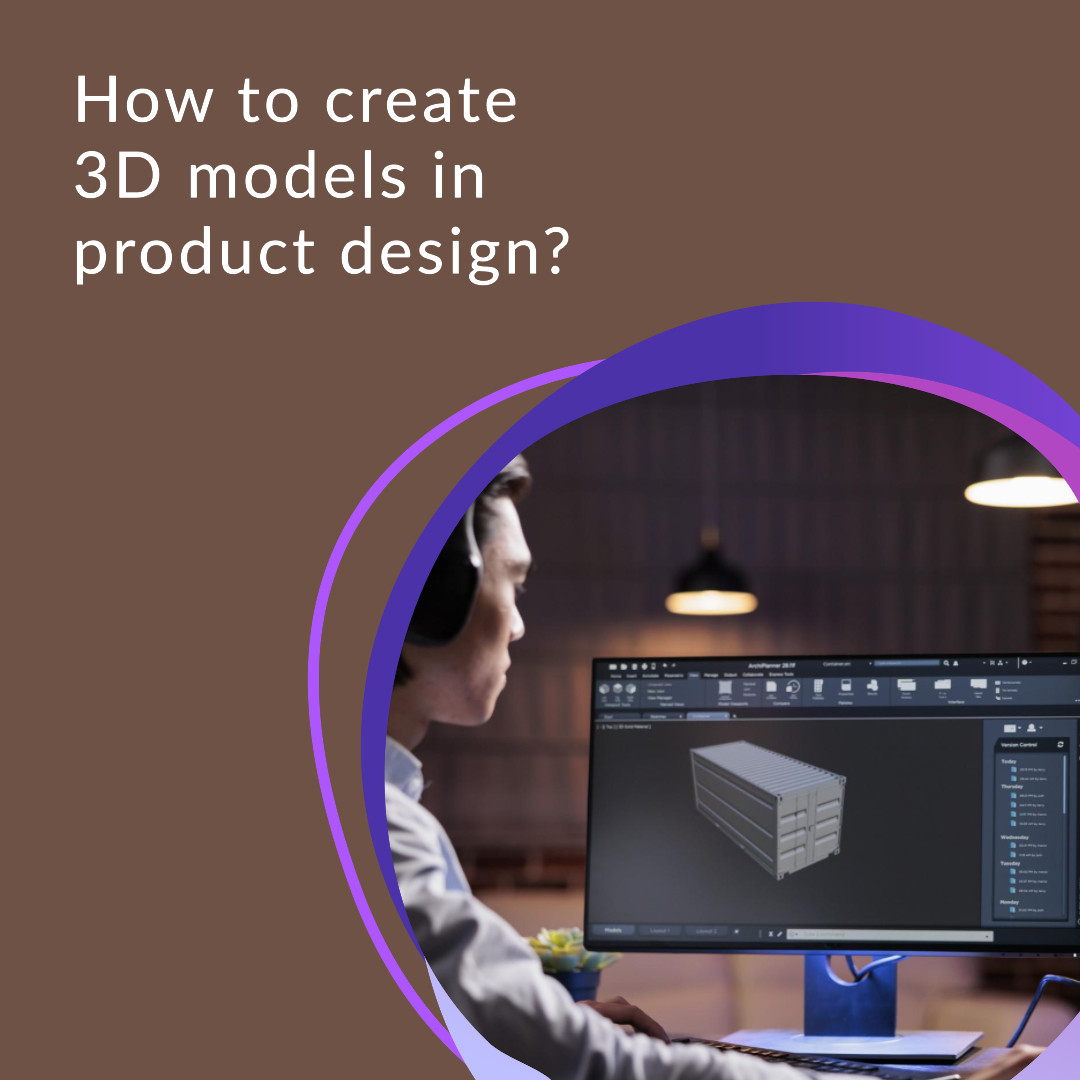How to design products for the pet care and pet accessories market?
Introduction
The pet care and pet accessories market is a large and growing industry. In 2023, the global pet care market is expected to reach $232.3 billion. This growth is being driven by a number of factors, including the increasing popularity of pet ownership, the humanization of pets, and the rising disposable income of pet owners.
To be successful in this market, designers need to be able to create products that are both functional and stylish, and that meet the needs of both pets and their owners. In this blog article, we will discuss the essential steps involved in designing products for the pet care and pet accessories market. We will also provide tips on how to market and sell your products once they are finished.
Step 1: Understand your target market
The first step in designing any product is to understand your target market. In the pet care and pet accessories market, your target customers may include pet owners of all ages and income levels. You may also want to target specific types of pet owners, such as dog owners, cat owners, or exotic pet owners.
To understand your target market, you can conduct market research, interview pet owners, and analyze customer feedback. You should also consider the following factors:
- What are the biggest challenges faced by pet owners today?
- What new technologies and trends are emerging in the industry?
- What are the unmet needs of pet owners?
Step 2: Identify opportunities for innovation
Once you understand your target market, you can start to identify opportunities for innovation. The pet care and pet accessories market is constantly evolving, so there are always new opportunities to create new and better products.
When looking for opportunities to innovate, consider the following:
- Emerging technologies: Can you use new technologies to create products that are more effective, convenient, or affordable?
- Changing pet owner needs: How are the needs of pet owners changing over time? Can you create products that meet these new needs?
- Unmet needs: What are the unmet needs of pet owners? Can you create products that address these needs?
Step 3: Develop your product concept
Once you have identified an opportunity for innovation, you can start to develop your product concept. This involves defining the problem that your product solves, identifying the key features and benefits of your product, and developing a prototype.
When developing your product concept, it is important to keep both pets and their owners in mind. Make sure that your product is safe and comfortable for pets to use, and that it is easy and convenient for owners to use.
Step 4: Test and refine your product
Once you have a prototype of your product, it is important to test it thoroughly. This will help you to identify any areas where your product needs improvement.
You can test your product with a variety of people, including pet owners and veterinarians. Get their feedback on the design, functionality, and safety of your product.
Use the feedback you receive to refine your product design. Make sure that your product is safe, effective, and easy to use for both pets and their owners.
Opens in a new windowwww.amazon.com
group of people testing a new pet product with their dogs
Step 5: Launch your product
Once you are satisfied with your product design, you are ready to launch your product to the market. This involves developing a marketing and sales strategy, and getting your product into the hands of potential customers.
You can market your product through a variety of channels, including online and offline advertising, social media, and public relations. You can also sell your product through traditional retail stores or through your own online store.
Additional tips for designing products for the pet care and pet accessories market
- Focus on safety and comfort: Pet owners want products that are safe and comfortable for their pets to use. Avoid using any materials or chemicals that could be harmful to pets.
- Make your products easy to use: Pet owners want products that are easy to use, even when they are dealing with a wiggling pet. Design your products to be ergonomic and user-friendly.
- Design your products for all types of pets: Pet owners come in all shapes and sizes, and so do their pets. Design your products to be versatile and suitable for a wide range of pet sizes and breeds.
- Get feedback from pet owners and veterinarians: When developing and testing your product, be sure to get feedback from pet owners and veterinarians. This will help you to ensure that your product meets the needs of both pets and their owners.








